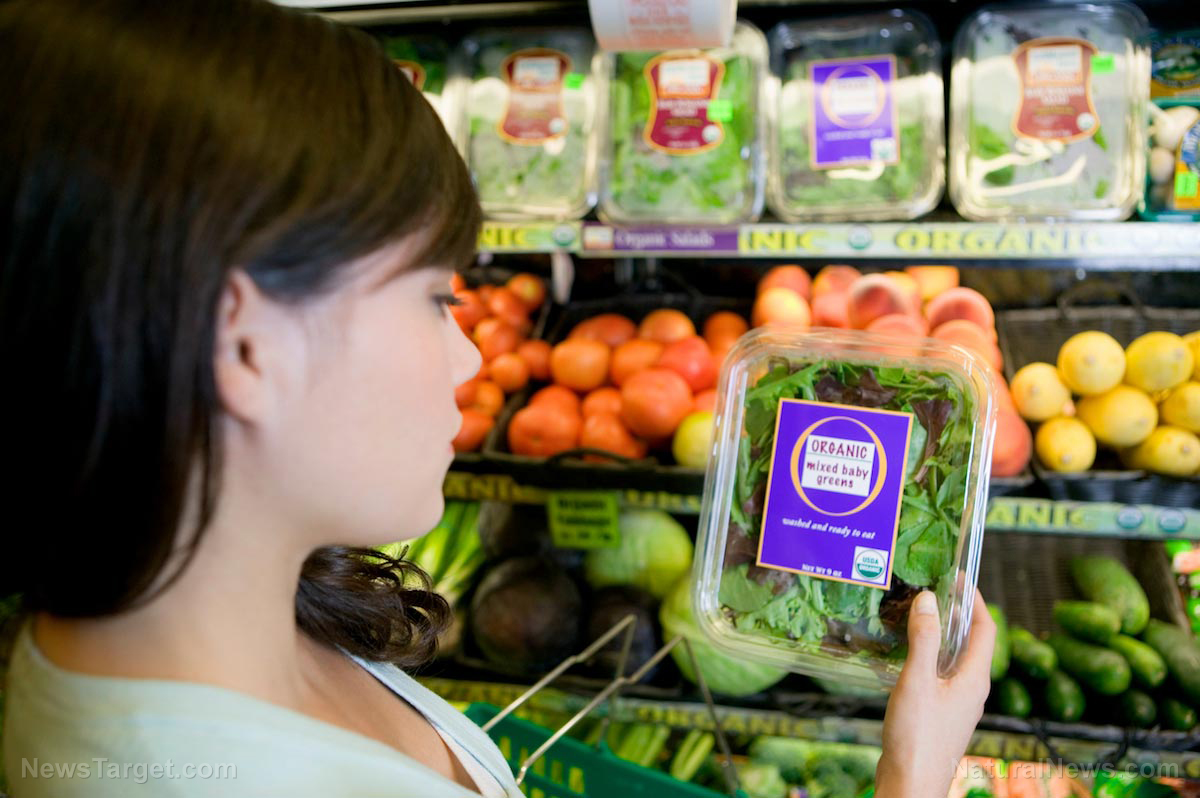
THMs, such as chloroform, bromodichloromethane, dibromochloromethane, and bromoform, are a group of chemicals that can be found in public water supplies. They are formed from water treatment and are the byproduct of chlorine reacting with the different organic and inorganic substances that are already present in the water. These compounds can be absorbed by various types of foods, such as pre-washed, fresh vegetables. They can go through the human bloodstream through digestion.
Vegetables included in the study were washed and prepared by commercial food prep services and placed in stores as ready-to-eat, fresh vegetables, such as carrots, lettuces, parsley, garlic, and mixed salad.
For the study, the researchers aimed to determine the levels of THMs in various types of ready-to-eat vegetables after being washed with chlorinated water. Then, they compared the levels to current safety standards set by the European Union (EU) and the U.S. for levels of THMs in food processing water supplies.
The researchers investigated a total of 115 vegetables. The results revealed that the vegetables had absorbed an alarmingly high concentration of THMs, with an average total of nearly 77 parts per billion (ppb). In water used for food processing, the current limits are set to 80 micrograms per liter (?g/L). The researchers also found that chloroform had the highest concentration in all the vegetables investigated.
Because the THM levels found in the study’s samples were alarmingly high, the researchers suggested that there is a need to optimize the process of washing ready-to-eat vegetables to the reduce the risk of chemical exposure of consumers.
The findings of this study suggest that foods exposed to chlorinated water supplies should also be investigated because they can be a primary source of combined exposure to THMs.
More reasons not to buy pre-washed vegetables
Here are more reasons why you should think twice before buying pre-packed vegetables:
- They are not always clean: Pre-washed and pre-packed vegetables are not necessarily clean because of the way they are processed. The more a food item is handled and processed, the more likely it is to be contaminated. In August 2006, it was revealed that buying pre-packed and pre-washed vegetables, particularly spinach, and putting them right into the salad bowl was a great way to get E.coli. A year later, it was a great way to get salmonella, which is the most common foodborne pathogen. Pre-packed and pre-washed vegetables may have a higher possibility of harboring pathogens that can lead to foodborne diseases. This is particularly seen in vegetables that are not properly refrigerated through each step of the production process. (Related: Another reason to grow your own food: Pre-washed spinach retains 90% of the bacteria that causes food poisoning.)
- They cost more: Pre-washed and pre-packed vegetables may be convenient, but it comes at a cost. This is probably because they are handled, washed, transported, refrigerated, and packed – all of which add labor costs.
Read more news stories and studies on buying vegetables by going to Veggies.news.
Sources include:
Please contact us for more information.






















